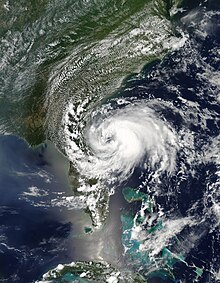chaser1 wrote:After a deeper analysis of the 12Z data thanks to the luxury of a mid-week day off work LOL, a few things seem to come to light. A mid to upper level streak presently over W. Texas looks to quickly develop and drop south into a mid level low by tomorrow morning. This feature looks to increase in size (and vorticity) while moving east along the N. Gulf coast during the next few days. It is THIS feature that the potential S.W. Gulf disturbance appears to interact.... or even become "stacked" under while nearing the Northern Gulf coast somewhere south of Mobile. The timing of this occurring will play a large role whether we see an eventual moderate T.S. move ashore over the W. Panhandle or perhaps a weaker low to develop independent of the Texas mid level feature and perhaps track further east in the process. Looking at this a bit closer now, it seems that slower development of the disturbance would suggest a potential of missing an alignment with this mid level feature moving eastward across the N. Gulf and leave it in a more zonal west to east flow over the GOM. This could suggest a more southern track that moves more toward the ENE and possibly impact areas close to Ceder Key area. If the disturbance were to develop it's own small anticyclone aloft then I could see a T.D. or weak T.S. come out of this scenario. More likely though, I'd think this track and timing would result in the makings of a frontal low. On the other hand, if this disturbance does end up truly entangled with this mid level low feature to develop over Texas, then it is this scenario that models are suggesting would result in a stronger and most likely impact somewhere close to Panama City. Timing here could still present a range from nothing more then a stretched out sharp trough to the potential T.S. that models are now leaning toward.
Whew?! After all that, I still tend to think this will end up as a semi-organized area of 1002 mb slop not worthy of being tagged with a nameThen still offshore and within 12 hours of landfall west of Apalachicola, it WILL nonetheless be named "Nestor" and will likely retain it's T.S. designation for about 24 hours even after moving inland due to it's improved vertical alignment with the separate mid level feature interacting with it and probable short term pressure drop and increased wind field. Whether truly tropical or not though, this does look like it could have significant weather impact to inland regions in the form of localized coastal and inland flooding and possible tornadoes over the Panhandle and Southern Alabama & Georgia.
Good post Chaser. Yeah, I mentioned awhile ago that SPC had not highlighted yet the potential of severe weather with this system. I have to believe they will update that very shortly. I definitely think the potential of severe storms and tornadoes will be possible, as it always is the case with landfalling cyclones.



